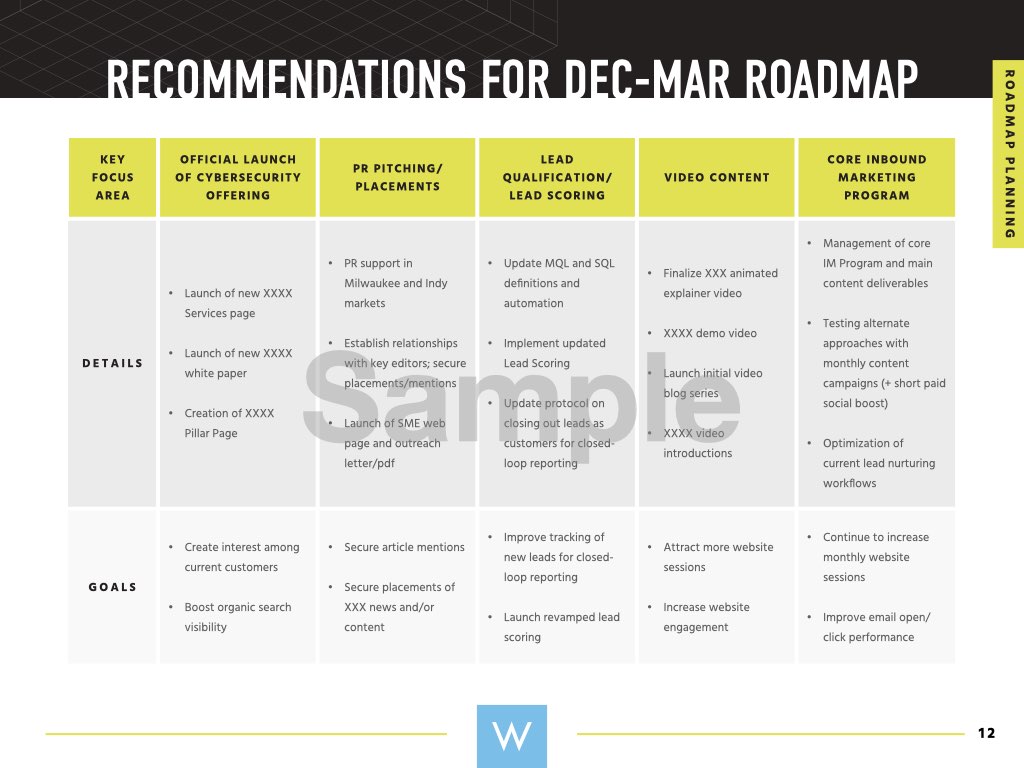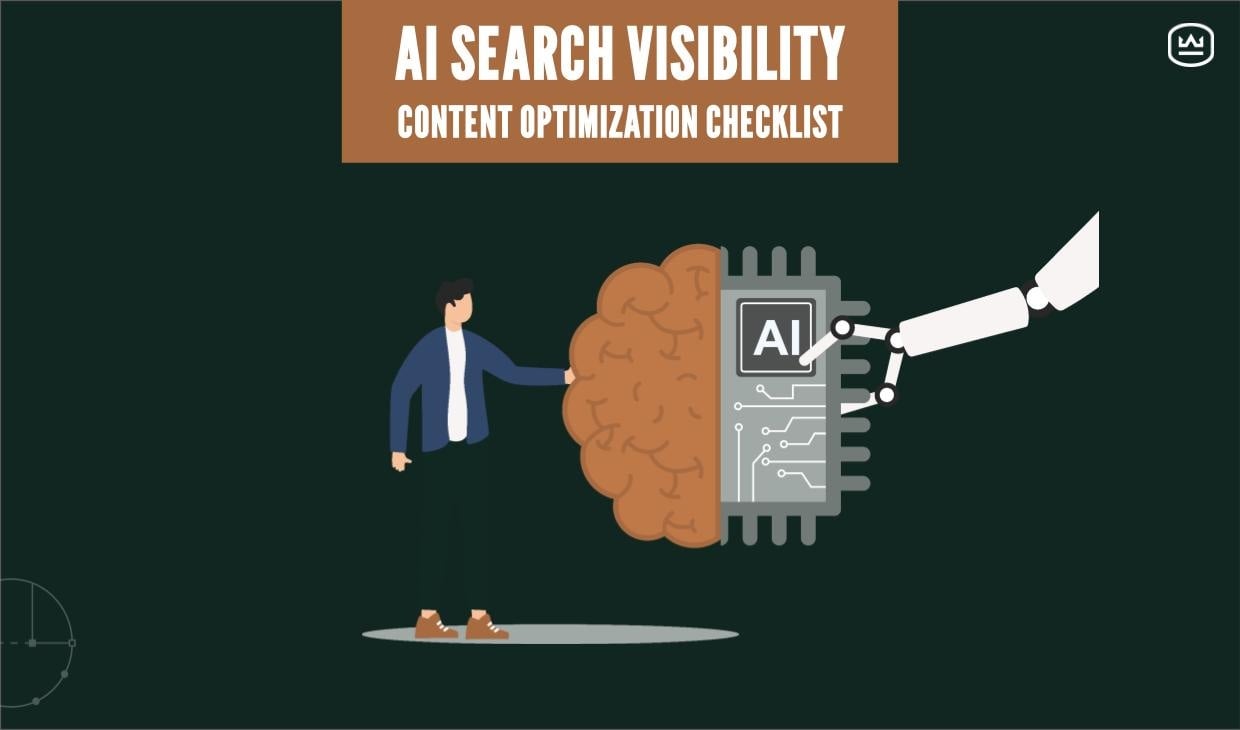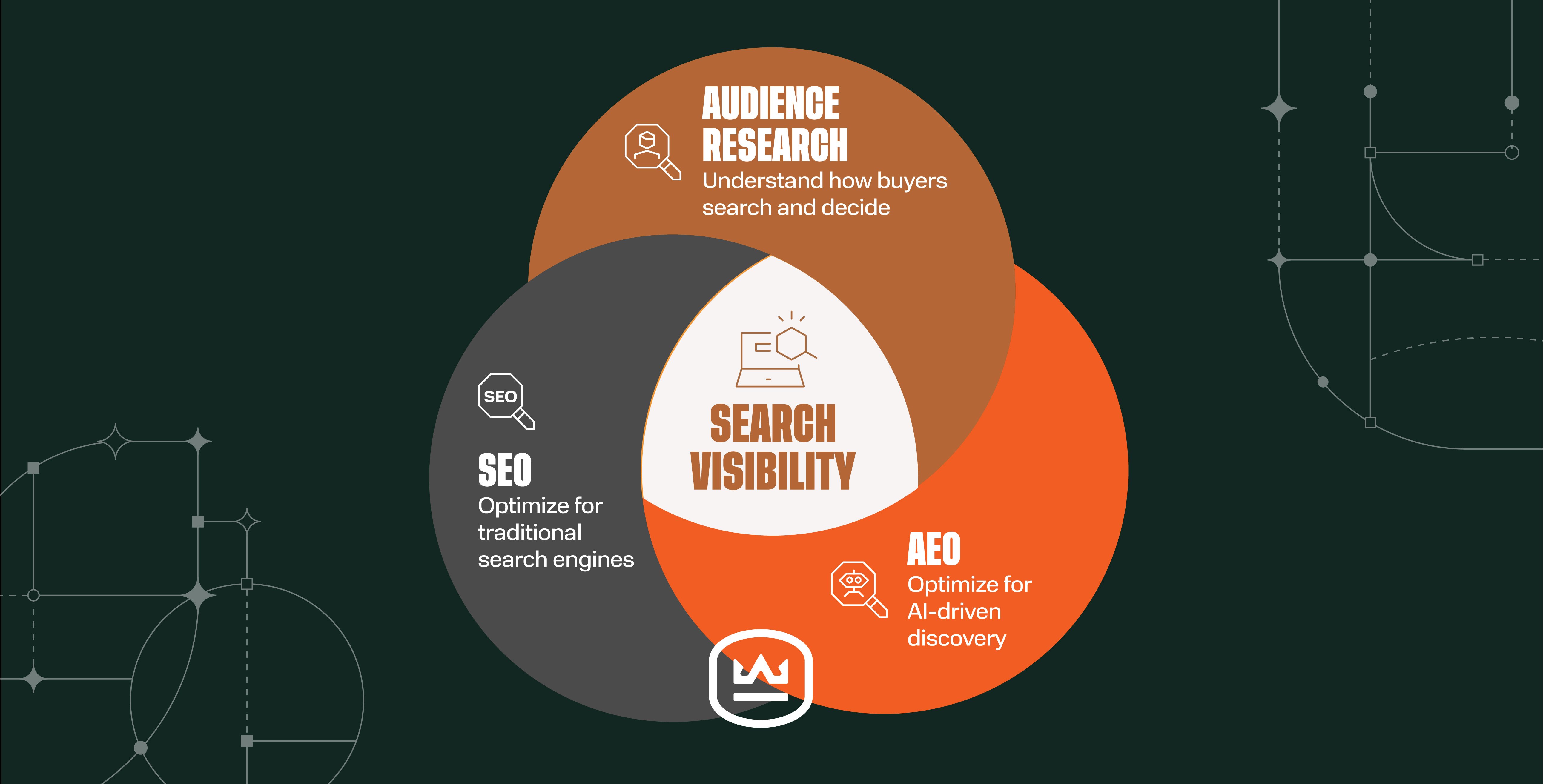Nail Your Next Quarterly Marketing Roadmap with These Top 7 Must-Haves
Written by

Annual marketing plans are necessary, but that doesn’t mean they’re simple. In fact, the complexity of a full 12-month marketing plan can be a vulnerability.
First, it can be a lot to commit the time and resources for a full year’s plan all at once. And second, what if a strategic business pivot requires major mid-year adjustments to your marketing plan?
Amid fast-moving technology and economic volatility, that’s more likely than ever. The marketing initiatives you plan to deploy six to 12 months from now could be irrelevant or even obsolete by then.
That’s why the most effective high-level annual plans work in tandem with quarterly marketing plans, or roadmaps. Quarterly roadmaps connect the marketing plan to annual growth objectives in the context of shorter, more immediate periods of action.
Break down your annual marketing plan into four quarterly roadmaps. This can help you stay flexible and adjust as needed to achieve the results you need.
Quarterly roadmaps don’t just allow you to reassess and revise your plan, they require it. So consistent measurement and analysis are built into the process. Decisions are driven by data and acted on fast, while the information’s still current.
What is a Quarterly Marketing Roadmap?
An agile quarterly marketing roadmap breaks your annual plan into productive, focused, 90-day terms. Also called a 90-day marketing roadmap, a quarterly planning template typically answers at least the following questions:
- What focus areas or strategic initiatives will we prioritize?
- How will resources be allocated?
- What are our specific, measurable goals for each focus area that feed into business growth objectives?
- What specific activities will we use to reach those goals?
- How are initiatives timed and managed throughout the quarter?
Implementing a quarterly plan doesn’t mean you’re abandoning strategic annual planning for your inbound marketing program. You still need that annual plan for its wide-angle perspective, insights, and answers to the “whys” that power your efforts.
3 Major Benefits of Quarterly Marketing Roadmaps
We’ll take a closer look at the structure and content of a quarterly marketing plan example. But first, it’s worth reviewing the top three advantages of an agile marketing approach:
1. Productivity
Don’t like the conversion rates or results you’re seeing? An agile plan keeps it simple and gives you the flexibility to make data-informed changes and adjustments. And more frequent iterations help your marketing team learn how to set realistic goals, refine processes, and work through them faster.
2. Focus
You can’t predict every marketing need in a quarter. But by constraining most work to a short-term, 90-day plan, your team keeps its focus on a manageable number of initiatives. Plus, everyone understands how those activities align with your goals. Make this your new yardstick for evaluating and prioritizing unplanned requests. Will they help you achieve your goals as well or better than your planned roadmap activities?
3. Data-based Decisions
You could wade through 12 months of metrics, but old information won’t tell you what you need to know, and decisions based on decayed data are more likely to miss the mark. On the other hand, real-time data can tell you right now whether your goals are within reach or within sight, so you can make necessary adjustments as you go.
Digital marketing analytics tools can help you track progress faster and more accurately in key focus areas to stay on track with quarterly goals:
7 Elements Every Quarterly Marketing Roadmap Needs
A 90-day plan is agile by intention and designed for efficiency, so it includes only what’s needed:
- Selected focus areas
- Clearly defined marketing initiatives
- Budget
- Quantifiable goals
- Hypotheses and assumptions
- Defined owners
- Mid-quarter and final results data and analyses
Here’s how you’ll incorporate the seven components into roadmap templates that connect long term goals and strategic plans with short-term marketing goals. Use the plan to help steer your team’s work in SEO, development, content marketing, sales enablement, or whatever activities are most likely to get you closer to your objectives.
1. Focus Areas
Using your annual business growth goals as a starting point, identify KPIs that need improvement and choose focus areas that align with your target buyer personas. Keep projects manageable and realistic. Don’t be tempted to over-commit.
Focus areas in your B2B marketing plan template might include:
- Website attraction — A growth-driven design approach makes regular updates, additions, and adjustments more responsive and effective, so you can implement timely adjustments or use a topic cluster/pillar approach to help target audiences find the right content even faster. and improve your SEO? and get more value from your web traffic.
- Conversion rate optimization — What pages of your site do visitors abandon and what can you improve to encourage more conversions?
- Lead qualification — How can contact forms or conversational chatbots be improved?
- Lead nurturing — Is there a content piece or marketing campaign to focus on that aligns with your key product or service?
- Event participation — Is there a worthwhile industry trade show, conference, or webinar that warrants an inbound campaign?
- Social media engagement — Do you want to leverage social media to promote recruiting, a product launch, or other marketing effort?
2. Clearly Defined Marketing Initiatives
Based on your goals for the next quarter, clearly define the recommended initiatives and include a high-level outline of the marketing activities within each focus area. You don’t need to write a dissertation for each; sum them up in a sentence or two.

Outlining the basics in a quarterly marketing plan template like the one above can help get all key stakeholders on board. It gives a snapshot of concrete marketing tactics you’ll use to reach your goals. For example, if an initiative is to improve how you qualify SQLs (sales-qualified leads) generated from your website’s conversion forms and chatbots, you could use a sample roadmap initiative statement such as:
“Marketing will meet with Sales to talk through common gaps and any new qualification criteria. We will discuss opportunities for improvement and a plan for measuring results. Marketing will examine landing pages and chat flows to determine how the content might need to be changed to improve conversions and their quality.”
3. Budget
If a single initiative within a focus area will cost $50,000 and your annual marketing budget is $100,000, you obviously need to adjust the scope of your quarterly plan.
Then again, if you feel strongly the big-ticket initiative will result in significant ROI, gather and analyze your data to make the case, and show how your proposed initiatives will make an impact.
RELATED: The 7 Best Marketing Budget Templates for Marketing Managers
4. Quantifiable Goals
Any marketing strategy roadmap requires establishing SMART goals for each focus area. (Remember: specific, measurable, achievable, relevant, and time-bound.) Quarterly roadmap goals should have a direct impact on at least one of your marketing and sales KPIs for the year.
To effectively document results and instill long-term confidence (for leadership and your team), you need accurate, real-time data, measurable values, and defined periods of time:
- Increase website sessions-to-contacts conversion rate by 0.75% by the end of Q3
- Increase the monthly number of new marketing-qualified leads (MQLs) by 25% by the end of Q3
- Increase blog subscribers by 15% by the end of Q3
Use analytics tools to pinpoint problem areas like a conversion form with too many fields, confusing architecture or navigation, poorly placed CTAs, etc.
5. Hypotheses & Assumptions
Make the case for why you recommend each focus area and its related initiatives. Demonstrate how each initiative plays a role in reaching a goal or set of goals. For example, you might include a hypothesis like this one:
“By placing a featured call-to-action (CTA) and conversion form above the fold on our website homepage, we anticipate our website sessions-to-contacts conversion rate will increase from 0.75% to 1%.”
6. Defined Owners
Executing a quarterly marketing plan requires a team effort. Who on your marketing team will champion various initiatives within the proposed roadmap? If you have multiple team members in your marketing department, be sure to get buy-in. Assign duties, deadlines, and reporting accountabilities.
7. Assessment of Mid-Quarter Progress & Final Results
Using quarterly roadmaps adds a lot of flexibility to your yearly plan. Assess progress mid-way through each quarter. Identify strengths and weaknesses, plan adjustments, and document changes in planned activities.
Finally, two weeks prior to the end of each roadmap period, evaluate your results-to-date to evaluate and refine next steps for the coming quarter. If you made noticeable progress toward a specific goal but need more time to keep the momentum going, keep that area among your key focus areas for the next period.
If an attempted initiative didn’t pan out, adjust marketing tactics in the next roadmap period. Or scrap it and try something else! A quarterly approach lets you flex.
It’s better to recognize that a strategy’s not working after three months than to spend a year’s worth of effort and budget before coming to the same conclusion. And because digital marketing moves at a speed that demands experimentation, shorter cycles are a great way to build knowledge.
With this approach, you’ll have a manageable, defined plan of activities for the next 90 days. Use the clarity to energize your team, and harness the excitement and momentum of measurable results every time you reassess.
In our experience, marketing teams find the prospect of a quarterly approach a pretty exciting change. But you might need a little help communicating how it works. That’s why we made this quarterly roadmap worksheet so you can create a marketing plan that fits your business perfectly, and that’s broken down into manageable 90-day periods.
Click below to check it out, and remember you can always reach out to us with questions. We live and breathe B2B inbound marketing strategy, and 90-day plans drive our own inbound program, too.This article was originally published in March 2018 and has since been updated for comprehensiveness and current best practices.
Subscribe To Our Blog
Information. Insights. Ideas. Get notified every time a new Weidert Group blog article is published – subscribe now!
You May Also Like...

Search Engine Optimization
How Falcon Rebuilt Industrial AI Search Visibility in 2025

Search Engine Optimization
The New Search Visibility Checklist for AI-Era Content Marketing

Search Engine Optimization
SEO Isn’t Dead. It’s Evolving: How B2Bs Can Stay Visible in the Age of AI
Accelerate Your Growth with
Weidert Group
If you’re ready to explore a partnership, request a personalized consultation with our team.

